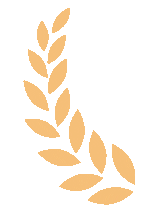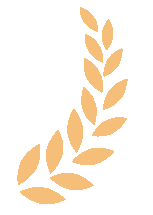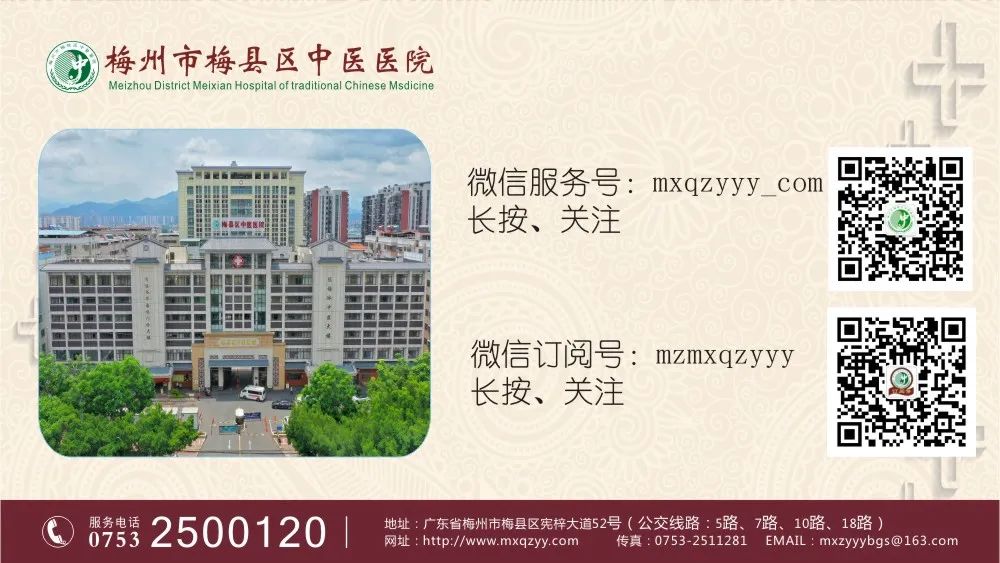In Traditional Chinese Medicine (TCM) clinics, it is common to see the following scenario: as soon as a patient enters and sits down, the doctor will ask them to extend their arm and begin to take their pulse.
Many people may wonder, is pulse diagnosis the only method for diagnosing in TCM? The answer is no. TCM emphasizes the “Four Diagnostic Methods” (四诊合参), of which pulse diagnosis is just one. Relying solely on pulse diagnosis is far from sufficient in TCM clinical practice.
Below, we will provide a detailed introduction to the four diagnostic methods in TCM.

 What are the Four Diagnostic Methods in TCM?
What are the Four Diagnostic Methods in TCM?
The Four Diagnostic Methods in TCM refer to Observation (望), Listening (闻), Inquiry (问), and Palpation (切). These methods were proposed by the ancient Chinese physician Bian Que based on the experiences of his predecessors. At that time, Bian Que referred to them as “observing color, listening to sounds, writing images, and taking pulse”.
The earliest existing theoretical work in TCM, the “Huangdi Neijing” (黄帝内经), states: “What are the diagnostic methods… by taking the pulse, observing the essence and brightness, examining the five colors, observing the excess and deficiency of the five organs, the strength and weakness of the six fu organs, and the condition of the body, to determine life and death.”
It is evident that these diagnostic methods provide a comprehensive examination of the human body to assess health and disease states. The Four Diagnostic Methods in TCM have been used to this day and are an important basis for diagnosing diseases and formulating treatment plans.
01 Observation (望诊)
Observation, as the name suggests, involves using the eyes to see, including observing the body shape, mental state, complexion, tongue, and excretions, to understand the patient’s condition.
Long-term practice in TCM has proven that there is a close relationship between the external appearance of the body and the internal organs, especially the face and tongue. Therefore, by observing the external features, one can understand the overall pathological changes, as stated in the “Huangdi Neijing”: “By observing the external responses, one can know the internal organs and thus understand the disease.”
Observation of the overall condition includes four aspects: observing spirit, color, shape, and posture.
Observation of local conditions includes observing the head and face, five senses, neck, body, limbs, and skin.
Observation of the tongue includes examining the tongue body and tongue coating.
Observation of excretions includes examining secretions, vomit, and excretions.
Additionally, in pediatrics, there is a specialized diagnostic method, which is to observe the child’s index finger pulse.
For example, in observing color, if a patient enters the clinic and the TCM doctor sees that their complexion is yellow and dull, it indicates that the patient may have spleen deficiency and insufficient qi and blood.
Similarly, in tongue observation, different individuals have different tongues; if the tongue coating is yellow and thick with peeling, it is evident that this patient has internal damp-heat and also insufficient stomach yin.
02 Listening (闻诊)
Listening involves hearing sounds and smelling odors to understand health status and diagnose diseases.
Listening to sounds refers to examining the patient’s breathing, coughing, vomiting, sneezing, bowel sounds, and other noises.
Smelling odors refers to detecting various odors emitted from the patient’s body as well as from secretions and excretions.
The various sounds and odors of the human body are produced during the physiological activities and pathological changes of the internal organs, reflecting their physiological and pathological states.
For instance, if a patient has a heavy, turbid, and muffled cough, it often indicates a condition of excess, caused by cold phlegm and dampness accumulating in the lungs, leading to the lung’s failure to disperse and descend. Another example is the odor in the hospital room; if one enters and smells a rotten apple-like odor, it is often seen in severe diabetes.
03 Inquiry (问诊)
Inquiry is a clinical information collection method involving direct verbal communication between the doctor and the patient, playing a very important role in the diagnostic process.
Many aspects of the disease, such as medical history and family history, can only be obtained through inquiry. Understanding these aspects provides reliable evidence for the doctor to analyze the condition, determine the location of the disease, grasp the nature of the disease, and subsequently provide a basis for syndrome differentiation and treatment.
Especially when the patient has not yet shown objective signs and only has subjective symptoms, it is only through inquiry that the doctor can grasp the clues of the disease and make a diagnosis.
The TCM “Ten Inquiry Song” summarizes the content that needs to be inquired about in great detail, and it is one of the essential songs that every TCM practitioner must know.
04 Palpation (切诊)
Palpation means to touch, approach, and press. Palpation is a method where the doctor uses their fingers or palm to touch, feel, press, and apply pressure to certain areas of the patient to understand their condition and diagnose diseases.
As one of the four diagnostic methods in TCM, palpation plays a very important role in obtaining health and disease information from the patient and acquiring important syndrome differentiation data.
Palpation includes pressing examination and pulse diagnosis.
Pressing examination refers to the doctor using their hands to examine the patient to understand whether the body parts are cold or hot, moist or dry, soft or hard, and whether there is tenderness, swelling, or other abnormal changes, thus inferring the location, nature, and severity of the disease.
Pulse diagnosis is commonly referred to as taking the pulse, feeling the pulse, etc. The doctor uses their fingers to press on the superficial arteries at specific locations on the patient to perceive the pulse’s characteristics and thus understand the body’s condition.
TCM believes that the blood vessels connect throughout the body, linking the internal organs and the exterior. The heart governs the blood vessels, and the yang energy of the heart can promote the movement of qi and blood within the vessels. Therefore, the pulse can reflect comprehensive information about the functions of the internal organs, qi and blood, and yin and yang.
Historically, there have been many methods for pulse diagnosis, with the three most widely used being the three regions and nine pulses method, the three regions method, and the cun-kou method. Currently, the most commonly used in clinical practice is the third method.
Pulse diagnosis has been emphasized by many TCM masters throughout history, and its theory and application have continuously developed and improved, forming one of the most distinctive diagnostic methods in TCM.
 Conclusion
Conclusion
Observation, Listening, Inquiry, and Palpation are the four methods in TCM for investigating and understanding diseases, each with its unique role and cannot replace one another.
Disease is a complex process, and its clinical manifestations can vary in many aspects. If only a single diagnostic method is used, it may lead to incomplete syndrome differentiation information, which in turn affects treatment.
Moreover, the four diagnostic methods in TCM have a mutual reference, supplementation, and verification role. To fully understand the condition, ensure the accuracy and comprehensiveness of clinical data, all diagnostic methods must be organically combined: observation should include listening, listening should include inquiry, inquiry should include palpation, and one cannot rely solely on one method to diagnose a disease.
If a doctor is particularly fond of a single diagnostic method such as palpation or observation, or has research or expertise in it, it is certainly commendable. However, to rely on one method while neglecting the others, or to replace the four methods with one, is not acceptable.
Only by achieving “Four Diagnostic Methods Combined” can one comprehensively assess the patient’s condition and make an accurate diagnosis.
Source: Guangdong Provincial Administration of Traditional Chinese Medicine, Official Account of China Traditional Chinese Medicine News, etc.

Editor: Zhou Huajing
Initial Review: Zheng Zhengzheng / Review: Bu Shengyong
Approved for Release: Liang Feifeng
Further Reading
“TCM Popular Science” The Great Cold: Yin Ends and Yang Begins, Expelling Cold and Welcoming the Spring Breeze
“Imaging Popular Science” Common Imaging Manifestations of Liver Cysts
“Health Popular Science” Daily Care and Clinical Manifestations of Chronic Obstructive Pulmonary Disease
“Ultrasound Popular Science” Understanding Male Breast Development Through Ultrasound


